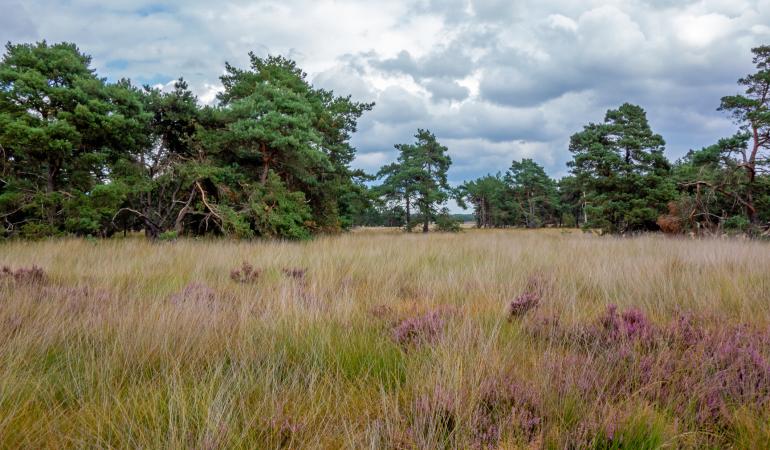Nitrogen Action Programme; background and current state
In May 2019, the Council of State (the highest administrative court) ruled that the current strategy for reducing excess nitrogen in vulnerable natural areas is in breach of EU (European Union) law. This Integrated Approach to Nitrogen, (Programma Aanpak Stikstof or PAS in Dutch) was developed to reduce the amount of nitrogen in Natura 2000 areas in the Netherlands and to create room for economic development at the same time.
Nitrogen oxides and ammonia end up in the environment mainly as a result of animal husbandry and manure applications in farming, and emissions from traffic and industry. Measures to reduce emissions of these reactive forms of nitrogen are incorporated into the PAS.
The PAS created the scope for new economic development based on an appropriate assessment of the adverse impacts of new projects on Natura 2000 areas, which is obligatory within the Birds and Habitats Directive. Only when the contribution of new nitrogen-emitting activities is within permissible limits, will new activities be permitted. The Council of State ruled that the assumptions on which the PAS is based (mainly future deposition reductions) do not meet the requirements defined in the Birds and Habitats Directive.
Natura 2000 sites
Nitrogen in reactive forms is an important nutrient for plant growth. However, too much of these compounds is harmful to plants that live on nutrient-poor soils. If these plants disappear, it can also be harmful to animals that live in that area.
Natura 2000 is a European network of protected nature reserves. In Natura 2000 areas, certain animal species and their natural habitat are protected in order to preserve biodiversity. In some parts of the Natura 2000 sites, the amount of nitrogen deposition is too high.
What RIVM does
RIVM continuously monitors the concentrations of nitrogen oxides and ammonia in the air and precipitation. Together with site managers, it also monitors the ammonia concentration in more than 80 nature reserves. In addition to the concentration, we also measure the emission and deposition of ammonia, using various measuring systems. Model calculations are also carried out to explain the measured levels of ammonia and to map the nitrogen deposition on nature. Moreover, RIVM provides the Ministry of Infrastructure and Water Management and the Ministry of Agriculture, Nature and Food Quality with advice and information on nitrogen deposition.
Finally, RIVM develops and manages the set of instruments that can be used to calculate the emission and deposition of nitrogen on Natura 2000 sites. This set of instruments is called AERIUS. For more information, please visit the AERIUS website.


